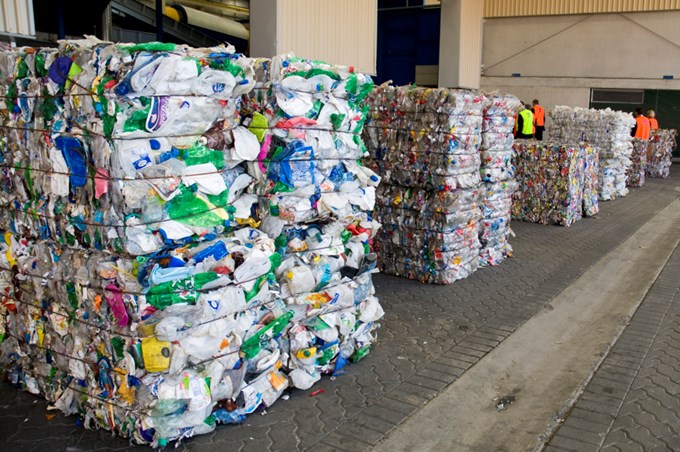New optical sorting equipment, installed in Auckland Council’s Visy recycling facility, will keep more plastic recycling in New Zealand instead of relying on international markets, Auckland Council announced today.
Auckland Mayor Phil Goff says, “Up to 35 per cent of Aucklanders’ kerbside plastics are now forecasted to be recycled in New Zealand, helping to create a more sustainable, circular economy.
“The new optical sorters will ensure that 99 per cent of the 7700 tonnes of recyclable plastic that Visy, council’s recycling facility, processes each year can now be correctly sorted and recycled.
“As well as the environmental benefits, recycling is more cost-effective than sending material to landfill. The new equipment will also result in a higher-quality product for use in New Zealand manufacturing,” Phil Goff said.
Local plastic recycler Astron Sustainability expects to receive approximately 2200 tonnes of plastic number 2 and 5 as a result of this upgrade.
Previously, plastic number 2 was going to overseas markets, and plastic number 5 has gone to landfill since June. This material can now be used for a range of products, from flowerpots to culvert pipes. Around 40 per cent of clear plastic number 1 is recycled by Flight Plastics in New Zealand. If supply exceeds demand, then overseas markets can take these materials.
Details on the upgrade
Optical sorters work by using light and near-infrared technology to read the reflective signal from each object. Each plastic grade produces a different image or signal which identifies what it is made from. Air jets then direct that object into the correct grade stream for baling.
Financial support came from Fonterra, Visy, Astron Sustainability, and will also come from the Waste Minimisation and Resource Recovery Initiatives under the COVID-19 Response and Recovery Fund, administered by the Ministry for the Environment. The upgrade is happening alongside similar work with the manufacturing sector and other councils to improve recycling infrastructure across the country.
Fonterra also contributed to this project because, according to Carolyn Mortland, Director of Global Sustainability, “Kiwi’s love Anchor milk, and now they can enjoy it even more knowing their bottles are being recycled here in New Zealand and put to good use.
“The new equipment here at Visy highlights that tackling waste problems is not easy. At the same time, it also shows what can be achieved with collective efforts when Kiwi businesses, government and councils get together to reduce waste.”
Refuse and reuse
Councillor Richard Hills, Chair of the Environment and Climate Change Committee, says, “Building the capacity for over a third of our plastics to stay in New Zealand is a great milestone that can reduce our emissions.
"In addition to improving our recycling, we continue to encourage people to avoid single-use plastics wherever possible because it’s better for our environment to refuse and reuse rather than relying on recycling alone.
"Less plastic in our recycling means that more of it can stay within New Zealand instead of needing an overseas market.”
Rigid mixed plastics 3, 4, 6, and 7 containers, which are a very small quantity, will continue to be sent to landfill after they’re sorted because they currently have no viable market for being recycled anywhere in the world.
“Manufacturers are strongly encouraged to stop using these hard to recycle plastic materials for grocery items. This is less than 1 per cent of the plastics collected in kerbside recycling and represents just 0.02% of all recycling,” says Councillor Hills.
Visy continues to explore markets and options for these plastics to maximise recycling of the kerbside bin, and Auckland households can continue to put these items in recycling bins while we work to find a solution.
Overall, the Auckland Council recycling facility processes around 135,000 tonnes of kerbside recycling from Aucklanders each year.


